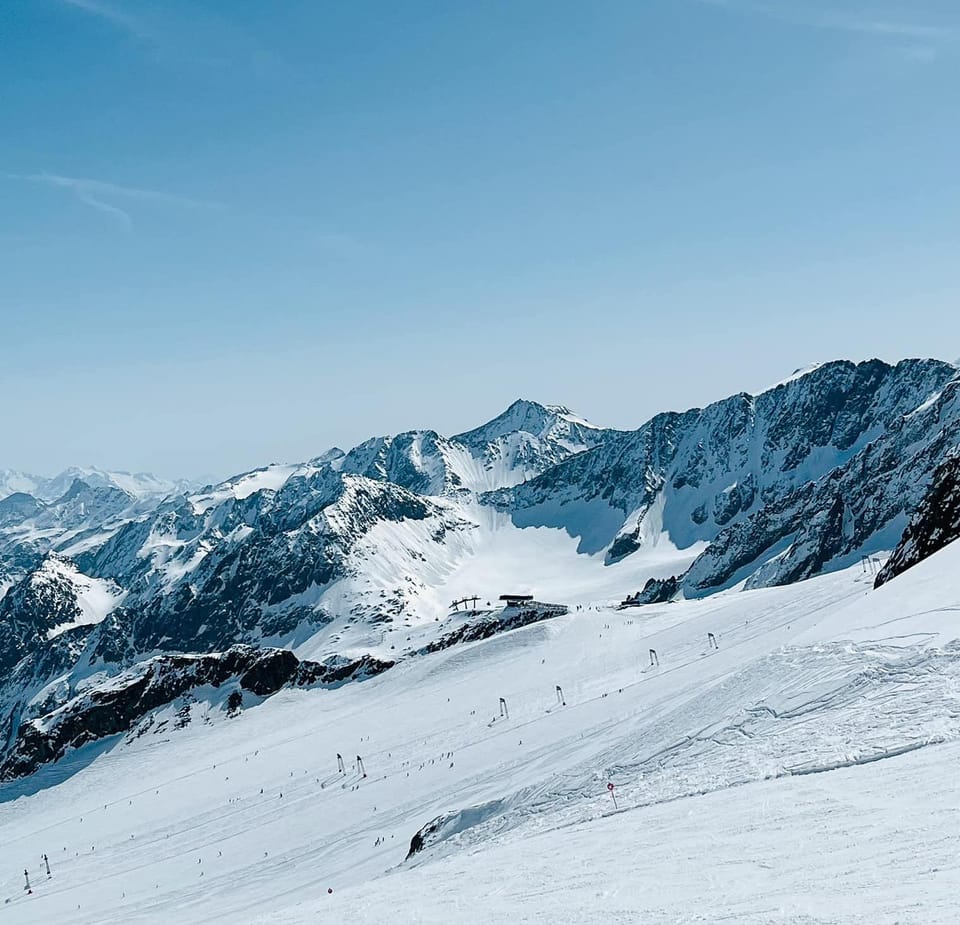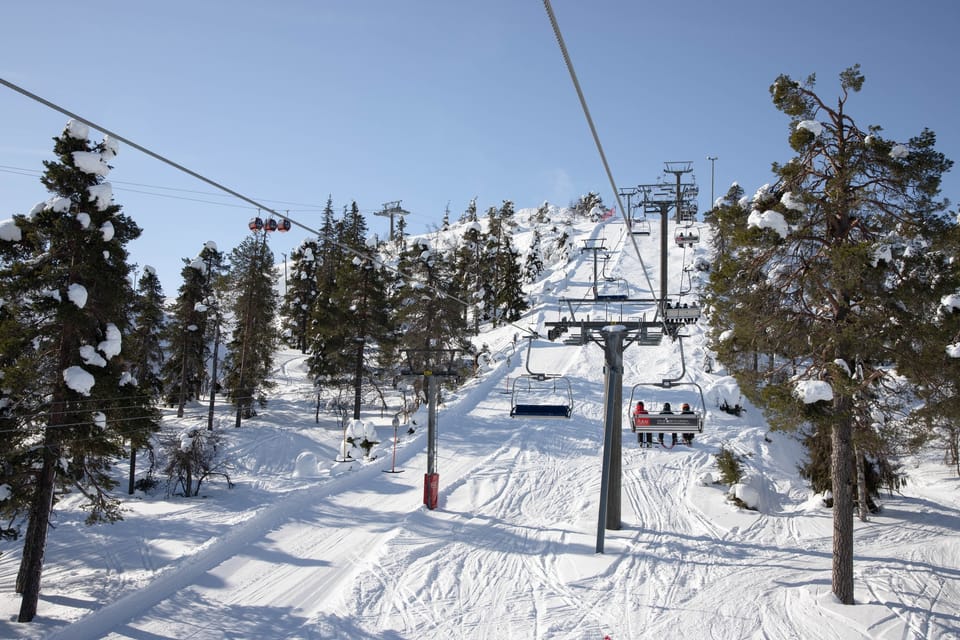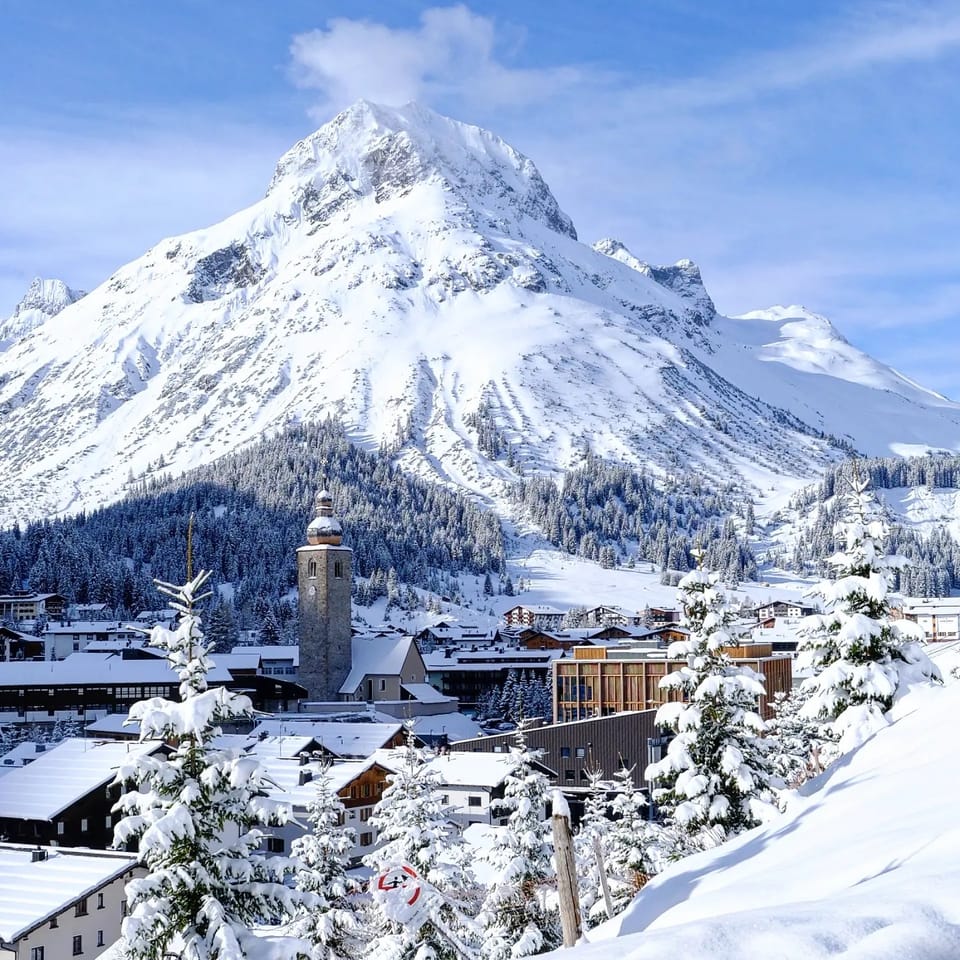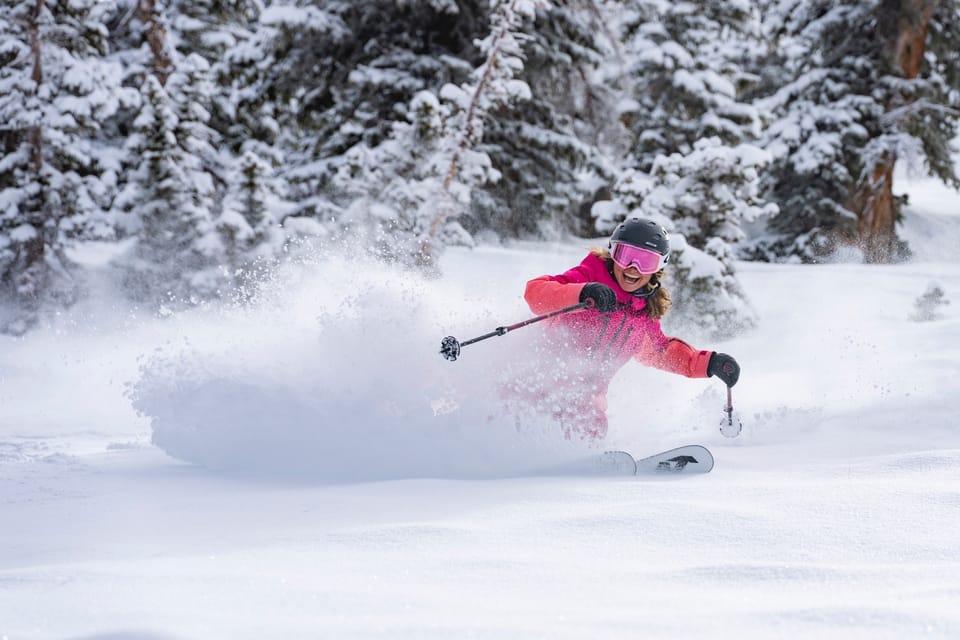Mushi-atsui! (Hot and humid)

Late July 2018
Over the last month or so you may well have noticed some items on the international news about the extreme weather conditions being experienced in Japan this summer.
In the first part of July, Western Japan endured torrential rains and widespread flooding which has unfortunately taken hundreds of lives and caused havoc over large areas. Many homes and other buildings have been destroyed, so a full recovery is going to be a slow process.
At the same time, this year the official ‘rainy season’ (tsuyu) generally started a little earlier than usual and was unseasonably short, bringing comparatively little rain to many eastern regions of the country.
Next up was the blistering heat. Japan is no stranger to very hot conditions over the summer months, but this year many areas have been experiencing record-breaking temperatures as well as the usual stifling humidity. In some land-locked areas of central Japan, temperatures have ventured into the low 40s. Atsui!
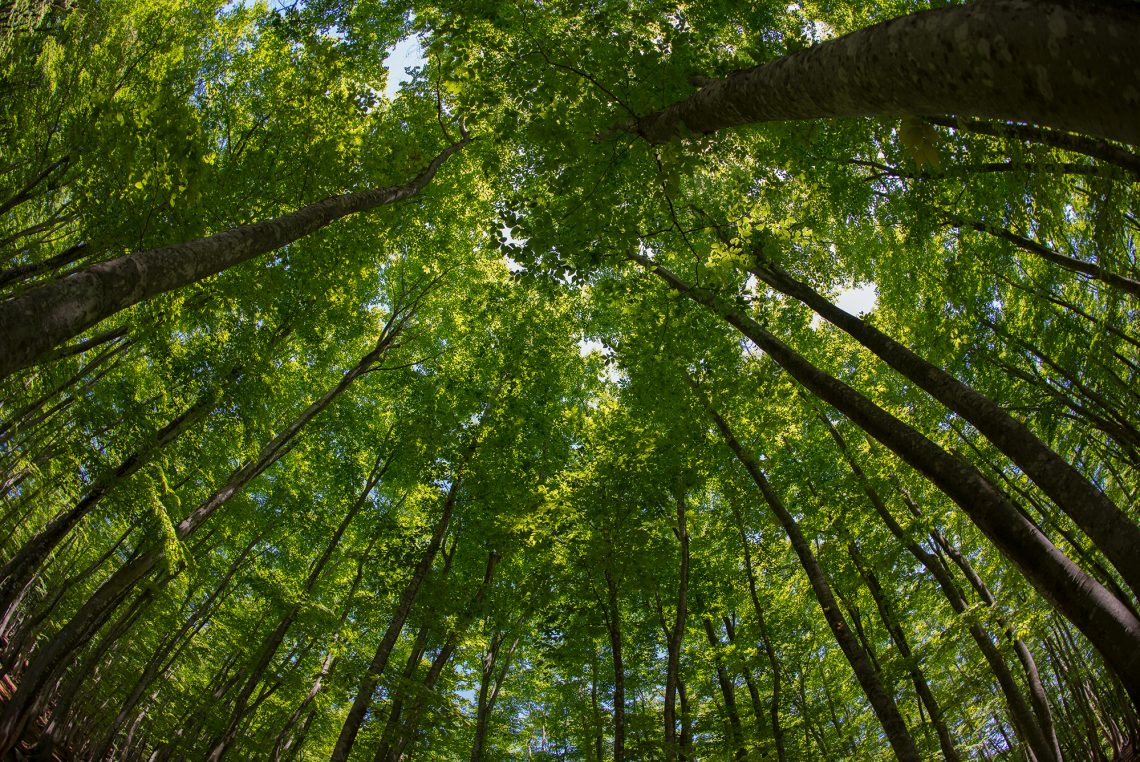
The Japanese are always happy to point out the very distinct seasons in their country and it is indeed one interesting aspect of Japan.
The fresh green and rapid growth and comfortable spring season.
The hot and sunny summers. Only recommended if you really enjoy heat.
The beautiful autumn foliage. Highly recommended.
And then, of course, the cold winters featuring large amounts of our favourite precipitation… snow!
When it is 38C outside, it is sometimes hard to believe that come January there will be three-metre-high snow walls piled up by the side of the roads. But that is what will happen!
I’m no meteorologist, but the well-worn and accepted saying here is that a very hot summer is usually followed by a cold and very snowy winter. That sounds good to me. Hopefully the upcoming 2018-2019 winter season will have us enjoying heavy snowfall in the mountains – and this being Japan, I would say that the chances of that happening are pretty high.
Over the summer months – generally referred to as the ‘Green Season’ (winter is ‘White Season’) – most Japanese ski resorts go into dormant mode. There are some exceptions. A few offer some short artificial slopes, there are some golf courses on lower slopes and various other activities operated by the companies that run the ski resorts. Some larger ski resorts operate Ropeways, which offer a quick way to get up the mountain for hikers and a welcome escape from the heat for others.
But most of the ski resorts here close shop and spend their time preparing for the following season. Come September we will begin to hear about some of those plans and I will hopefully be able to bring you some interesting news in my next article due sometime in September. (An early teaser: one ski resort is going to be opening a brand-new Gondola lift).
Anyway, until then I hope that you have a good summer.
I’m personally hoping for an early autumn!

